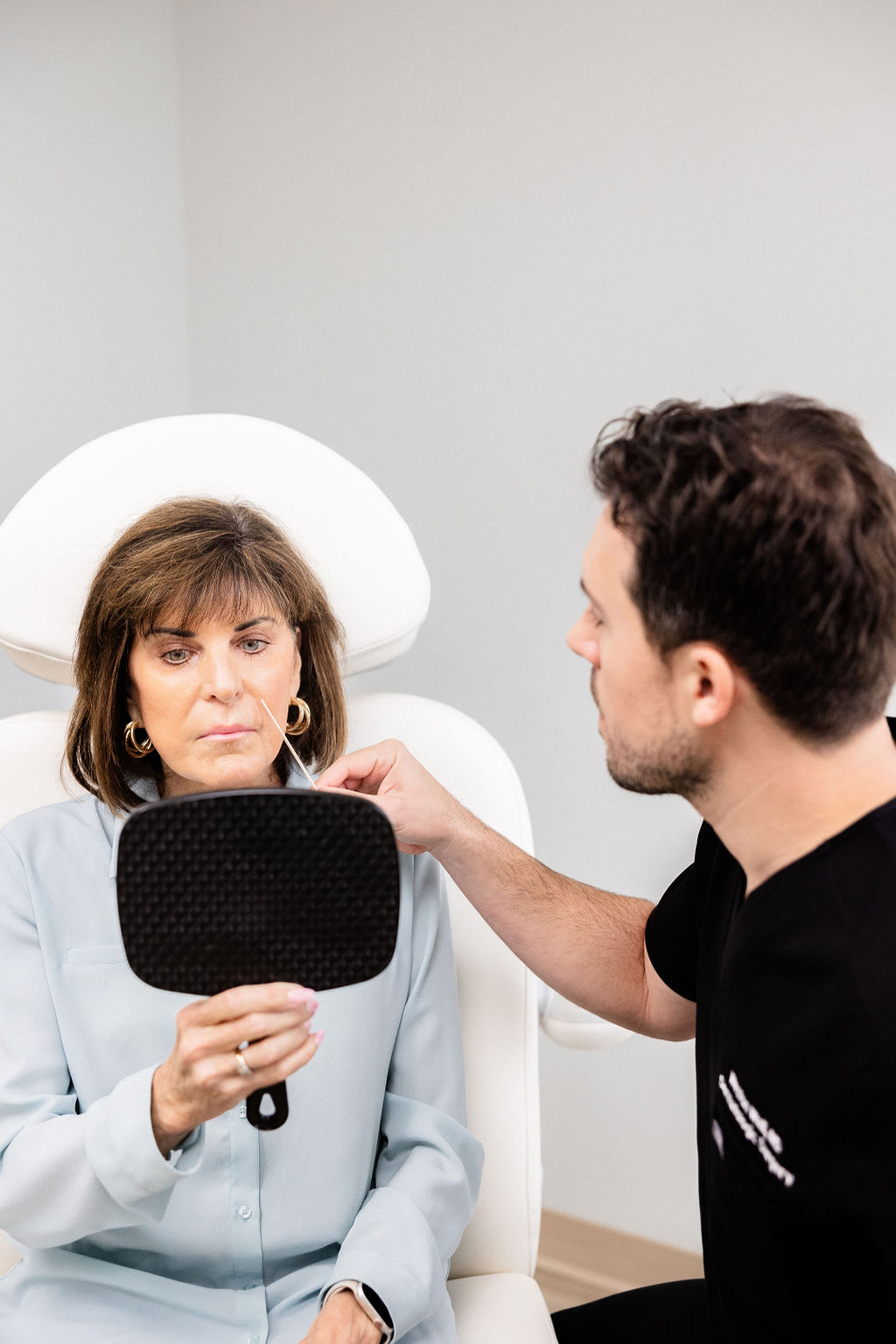
Which Cancer Therapies Alter Skin Tone?
The side effects patients experience during chemotherapy or immunotherapy such as unexpected cancer skin peeling can catch them off guard. Many different kinds of cancer are treated with these approaches; thanks to clinical trials, researchers are always developing and broadening their application. This makes skin changes rather common.
Which Typical Skin Changes Come About With Cancer Treatment?
The most often occurring alterations are dry skin and rashes. These could also provide burning sensation or irritation.
Rarely, immunotherapy or chemotherapy will alter the color of your skin. Depending on the treatment, some people find their nails, hair, or skin turning either lighter or darker.
Less often, individuals may acquire elevated regions on the skin, warts, or new moles. More typically in modern treatments are these alterations occurring.
Discuss the side effects you could run across with your doctor.
Why Do Skin Changes Occur?
Targeting particular chemicals present in cancer cells helps chemotherapy and immunotherapy to operate. The skin, hair, and nails all feature these similar components as well. This makes treatment able to influence these locations as well.
Are These Skin Changes Permanent?
Generally speaking, most skin changes brought on by immunotherapy or chemotherapy are temporary. Once you finish the therapy, your skin normally gets back to normal.
These modifications occasionally show promise. Studies reveal that some rashes could be connected to improved outcomes of treatment. Thus, even if a rash could be unpleasant, it could indicate that your treatment is effective.
How Will I Handle the Changes in My Skin Brought on by Cancer Treatment?
One can control skin changes during therapy and lessen discomfort by use of certain techniques. It aids in beginning to hydrate your skin prior to treatment commencement. See a dermatologist before beginning treatment if you have a past of skin cancer or eczema. This can assist ensure that these problems do not worsen.
Also more likely during some cancer therapies are sunburns. Limit your sun time exposure to help avoid this. When outside, dress in sun-protective gear and use sunscreen with an SPF of thirty or more.
Wear reasonably fitting shoes as well. Rashes in regions where their shoes rub against their feet such as the ball of the foot or bunions some patients experience If your shoes rub excessively, you are more likely to develop this form of rash.
What Risks Accompany Any One of These Developments?
You should know about any fresh growths developing throughout cancer treatment. Though some of these could be malignant, most of these are benign. Your treatment could cause another type of skin cancer even if you have already been treated for one kind of it.
We advise monthly self-exams of your skin. Tell your oncologist anything unexpected you come across. They can recommend you to a skin cancer-oriented dermatologist. See a dermatologist during your therapy if you have a history of skin cancer or a greater risk. Should you be a patient of Wall Dermatology, your physician may suggest you be one of our experts.
Besides, What Else Would Your Patients Want to Know?
Should your skin change during therapy, do not panic. At Wall Dermatology, we are here to assist you in handling these developments. We can aid to reduce the discomfort even if we might not be able to make them vanish immediately. Our aim is to keep you as comfortable as feasible while you get optimal cancer treatment.
Effective Treatment for Cancer Skin Peeling at Wall Dermatology
Protect your skin today with Wall Dermatology’s expert care. If you’re dealing with cancer skin peeling, our specialists provide personalized treatments for healing and prevention. Contact us now!
